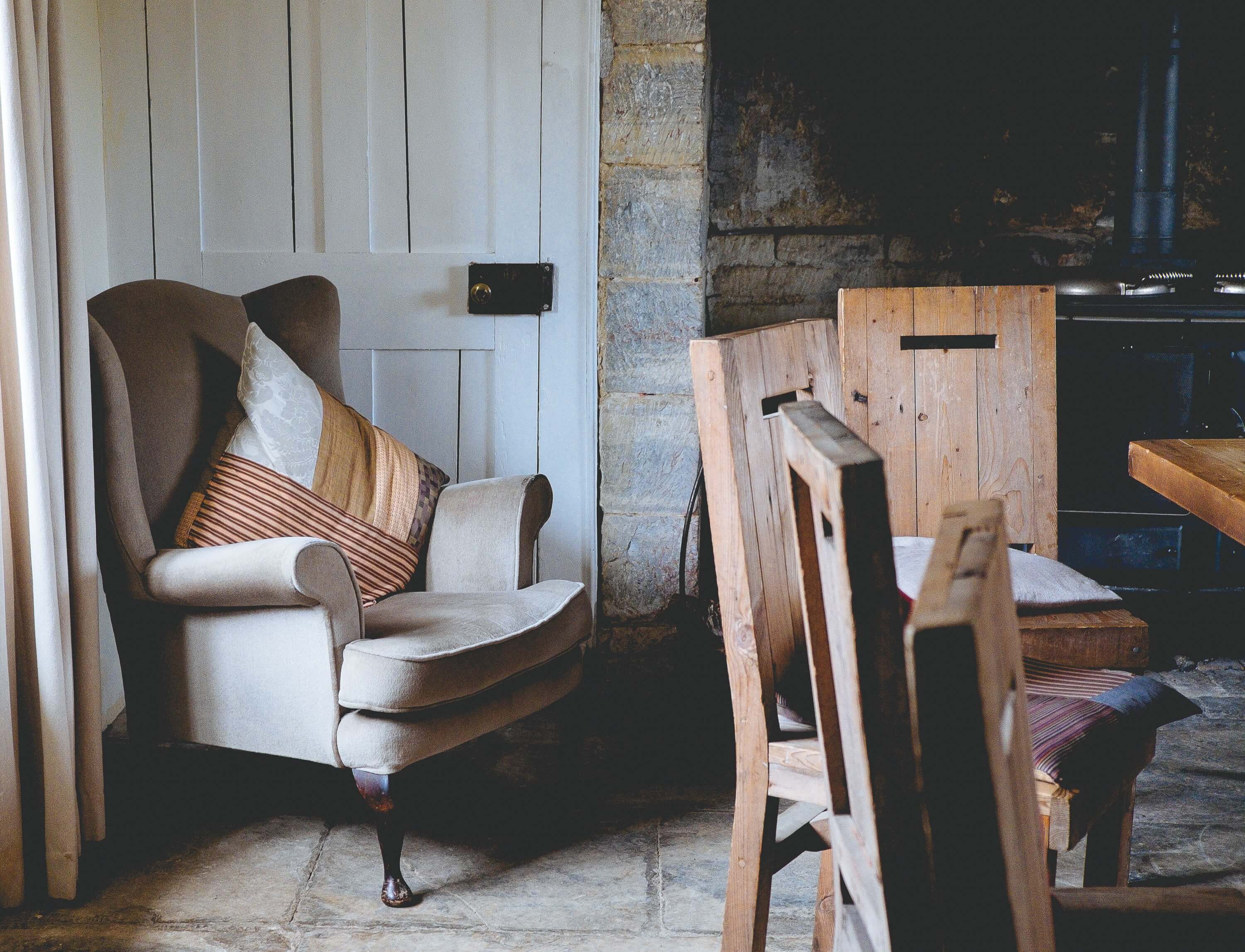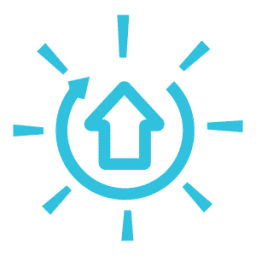My Utilities loves sharing resources for our readers to help them save money and energy wherever they can. EnergyStar.gov is an amazing power saving source that we trust. In this post, we are pulling 10 appliances that are commonly used in a living room and giving you some tips that Energy Star has found to be good ways to save home energy.
Unplug From The Outlet
Unplug any battery chargers or power adapters when not in use. Appliances pull energy even when they are off. The amount of energy that pulls from appliances varies from item to item but the next 12 items are appliances that you should think twice about leaving plugged in because they will add up over time.
- Desktop computers
- Laptop computers
- Televisions
- DVD players and VCRs
- Modems
- Cable TV boxes
- Cordless phones
- Stereos and radios
- Coffeemakers
- Lamps
- Toasters
- iPods and electronic gadgets sapping energy from a plug-in transformer
Home Theatre System
Seal any holes with caulk or spray foam where pipes or TV/cable wires and vents enter or exit your home. If you haven’t purchased a home theatre system make sure you look at the Energy Star approved electronics, they use less energy without sacrificing quality or performance.
Use A Power Strip
Use a power strip as a central “turn off” point for electronics, video games, and computers when not in use. This is a quick and easy way to save money and energy in less than a second.
Ceiling Fan With Lighting
Depending on when and how you operate them, ceiling fans can provide comfort and help you save on your energy bills. When you use fans properly in the summer months and winter months you can push air throughout the house to multiply the power of your heater, air conditioner, and open windows.
Fireplace Damper
Close the flue damper tightly when not in use. Otherwise, warmed or cooled air can easily escape from the house.
Check Your Air Register
Make sure that the connections at vents and registers are well-sealed where they meet the floors, walls, and ceiling. These are common locations to find leaks and disconnected ductwork. Also, make sure that all vents are clear of any furniture or rugs to improve airflow and comfort. If your home has radiators, place heat resistant reflectors, between radiators and walls. In the Winter, this will help heat the room instead of the wall.
Replace Table Lamp Lightbulbs
Replace your highest-use fixtures or the light bulbs in them with energy star models. Living room table and floor lamps are two of the most used light fixtures in a home. Conventional torchiere lamps also can be the highest wattage light fixtures in the home. Energy Star certified lighting fixtures and replacement bulbs can be found at home improvement and hardware stores, lighting showrooms, and other retail stores, including online outlets.
Use Cold Weather Drapes
During cold weather, take advantage of the sun’s warmth by keeping drapes open during daylight hours. To keep out the heat of the summer sun, close window shades and drapes in warm weather.
Check The Light Switch
Remember to always turn off your lights when leaving a room.
Windows
During the winter months, replace your screens with storm windows to provide an extra barrier to the cold outside air. Caulk and weather-strip around windows and doors that leak air.

